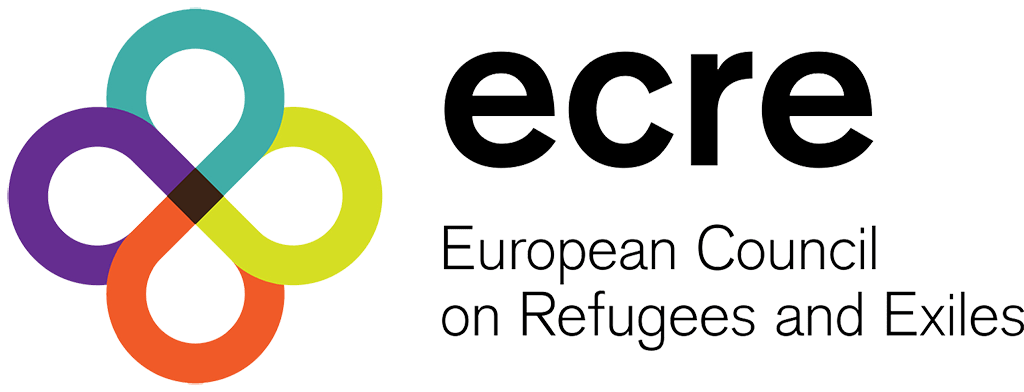11 September 2015
In the first week of September, a growing number of refugees have been arriving in Macedonia and Serbia. In both countries, since June 2015, it is estimated that between 2,500 and 3,000 refugees arrived every day. Therefore, despite some improvements, such as in the registration system and reception conditions, and the constant work of humanitarian organisations, the overall situation remains critical.
At the main asylum centres in Macedonia, international and local organisations, such as UNHCR and the Macedonian Red Cross, continue to distribute first aid parcels to refugees, including food, water and hygiene items. Legal and medical assistance is also provided. UNICEF has created a child-friendly area at Gevgelija Vinojug refugee centre.
However, as stressed by UNHCR and UNICEF, further assistance is needed, as existing water, sanitation and hygiene facilities remain insufficient, given the growing number of arrivals. Additional measures are to be put in place, especially for people with specific needs. Worryingly, a group of Macedonian doctors refused to provide medical services to refugees at the temporary clinic in Gevgelija.
From 19 June to 1 September 2015 53,571 refugees have registered their intention to seek asylum in Macedonia, including 9,305 children. Women and children represent one third of the total daily arrivals, UNICEF reports; a threefold increase since June 2015. Similarly, other refugees remain in a particular vulnerable situation. Most refugees are Syrians (43,478 people. 81% of the total), followed by Afghans and Iraqis.
In Serbia, at the recently opened asylum centres in Miratovac, Preševo, Belgrade and Kanjiža, various humanitarian organisations continue to offer protection and first aid assistance, including food and water, as well as legal and medical assistance; also thanks to UNHCR financial support.
However, refugees still face many difficulties. In particular, UNHCR raises concerns about the medical and sanitary conditions at the Preševo Centre, as well as at Subotica. In Belgrade, many refugees face medical problems, such as injuries caused by prolonged walking, cold and fatigue. Thousands of refugees, including children, have slept in the open, where the sanitary situation is problematic, even though numerous mobile toilets were located in the park.
Moreover, refugees were witnessed being forced by the police to stand in line and wait for hours to register their intention to seek asylum in Serbia. The Belgrade Centre for Human Rights (BCHR) was told that sometimes the police beat or gave electric shocks to those who get out of line; often they don’t even allow refugees to go to the toilet, except for women and children.
Furthermore, as reported by BCHR, the new asylum facilities are neither permanent nor adequate for long-term stay. Consequently, refugees get registered and move on towards EU countries, before applying for asylum. This puts them in a vulnerable situation, as pointed out by Igor Mitrović, Serbia County Director of the Adventist Development and Relief Agency (ADRA), because without registering, refugees cannot claim rights and services and have no access to medical assistance.
According to the latest statistics, in 2015 104,915 refugees have thus far expressed the intention to seek asylum in Serbia; of them, 37,195 asylum seekers were registered in August alone, including 25,106 Syrians, 3,981 Afghans and 2,492 Iraqis.
On Friday 4 September, Interior Ministries of Macedonia, Hungary, Austria and Serbia signed a Memorandum of Understanding, under which they agreed to deploy mixed patrols and police teams on the borders between Serbia and Hungary, Serbia and Macedonia and Macedonia and Greece. According to the Macedonian Interior Minister, this document will be the basis of further activities to be discussed at the coming meeting of EU Interior Ministers.
See more detailed information in our Western Balkan route News Brief.
